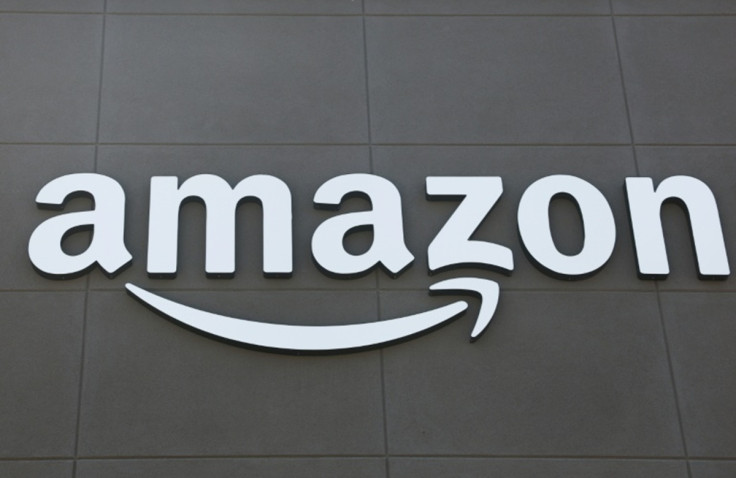Amazon Tightens Its Belt: Thousands Face the Chop as Retail Giant Restructures
Amazon plans to cut 30,000 corporate jobs in its biggest restructuring yet.

A sweeping wave of job cuts is about to hit global online retail heavyweight Amazon, and the shockwaves could be felt across the corporate world.
What's Happening
According to three people familiar with the matter, Reuters reported that Amazon is 'planning to cut as many as 30,000 corporate jobs beginning on Tuesday, as the company works to pare expenses and compensate for over-hiring during the peak demand of the pandemic'.
The figure, while a small fraction of Amazon's 1.55 million-strong global workforce, represents nearly 10 per cent of its roughly 350,000 corporate employees.
The cuts are expected to affect multiple divisions, including human resources, internally known as People Experience & Technology, devices and services, and operations.
Why it Matters
The scale of this decision highlights how rapidly Amazon is re-evaluating its post-pandemic structure. After years of expansion driven by surging online shopping, the company is now tightening its focus on efficiency and profitability.
Analysts say that this shift reflects a wider trend in the technology and retail sectors, where companies are trimming headcounts to adjust to slower growth and increased automation.
The move also underscores the growing role of artificial intelligence in corporate decision-making, with automation now handling many tasks once assigned to people.
The Strategic Angle: Restructuring, Automation, and Cost-Control
Chief Executive Andy Jassy has described Amazon's future as an 'AI-first' operation, suggesting that automation will be key to achieving leaner processes.
In previous statements, Jassy said that generative-AI tools would 'likely lead to further job cuts, particularly through automating repetitive and routine tasks'.
The job-cut announcement signals that Amazon believes it has reached a point where technology can now shoulder more of its corporate load.
A Reuters analysis suggested that this marks one of the largest corporate restructures in the company's history, and a clear signal that Amazon is positioning itself for a more cost-disciplined future.
Inside the Divisions Under Strain
Reports from Fortune revealed that Amazon's human resources division could be among the hardest hit, with as much as 15 per cent of the PXT team expected to go.
Meanwhile, its devices and services arm, responsible for products like Alexa, has faced multiple rounds of cuts in recent years as the company reassesses its investment priorities.
Employees in operations and logistics may also face changes as Amazon continues to streamline how its global supply chain integrates with its digital systems.
The company's shift towards automation suggests that warehouse and corporate support functions will increasingly depend on AI-driven tools rather than expanding staff numbers.
A Shift in Global Corporate Culture
Amazon's move mirrors a wider transformation sweeping through multinational corporations. The pandemic-era hiring spree that once defined big tech has given way to an age of austerity, where leaner teams and smarter systems take precedence.
Economists note that while such strategies often boost productivity and shareholder confidence in the short term, they also raise questions about the long-term stability of employment in industries heavily reliant on technological innovation.
For many, this restructuring signals the end of an era where job security in large tech-based corporations was taken for granted. Companies are increasingly expected to pivot quickly, trimming costs and reallocating resources with little hesitation.
What Lies Ahead for Amazon
While Amazon has yet to confirm which roles will be affected, the restructuring marks a decisive turn towards cost discipline. Investors appear cautiously optimistic, with analysts forecasting improved profit margins once the layoffs take effect.
Industry observers expect the company to reinvest part of its savings into expanding its AI capabilities and cloud infrastructure through Amazon Web Services (AWS), its most profitable division.
Ultimately, the layoffs reflect more than a financial adjustment—they fundamentally reshape how Amazon envisions its future workforce.
As technology takes on more of the heavy lifting, the company is betting that a smaller, more agile corporate structure will help it stay ahead in a rapidly evolving global marketplace.
© Copyright IBTimes 2025. All rights reserved.





















